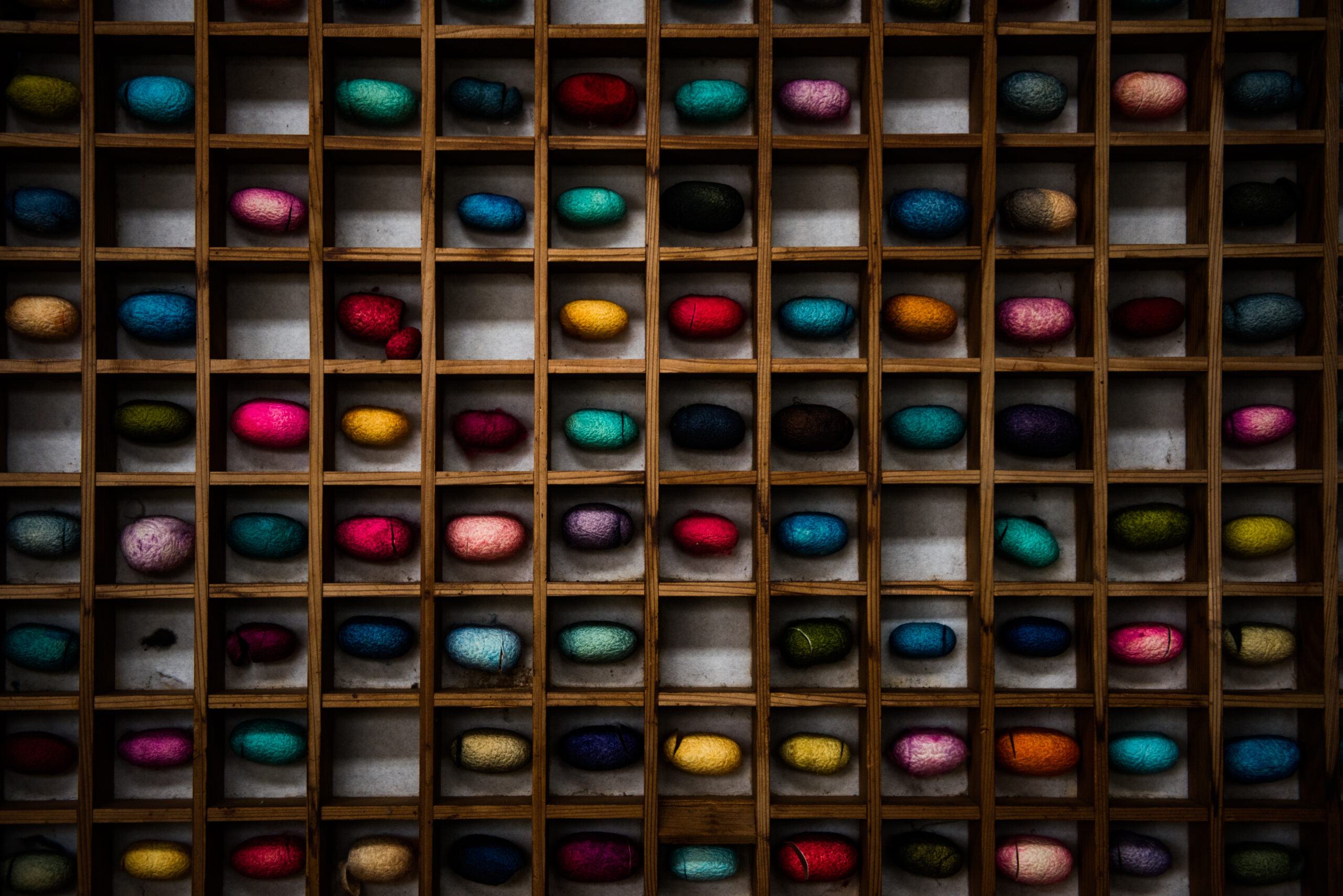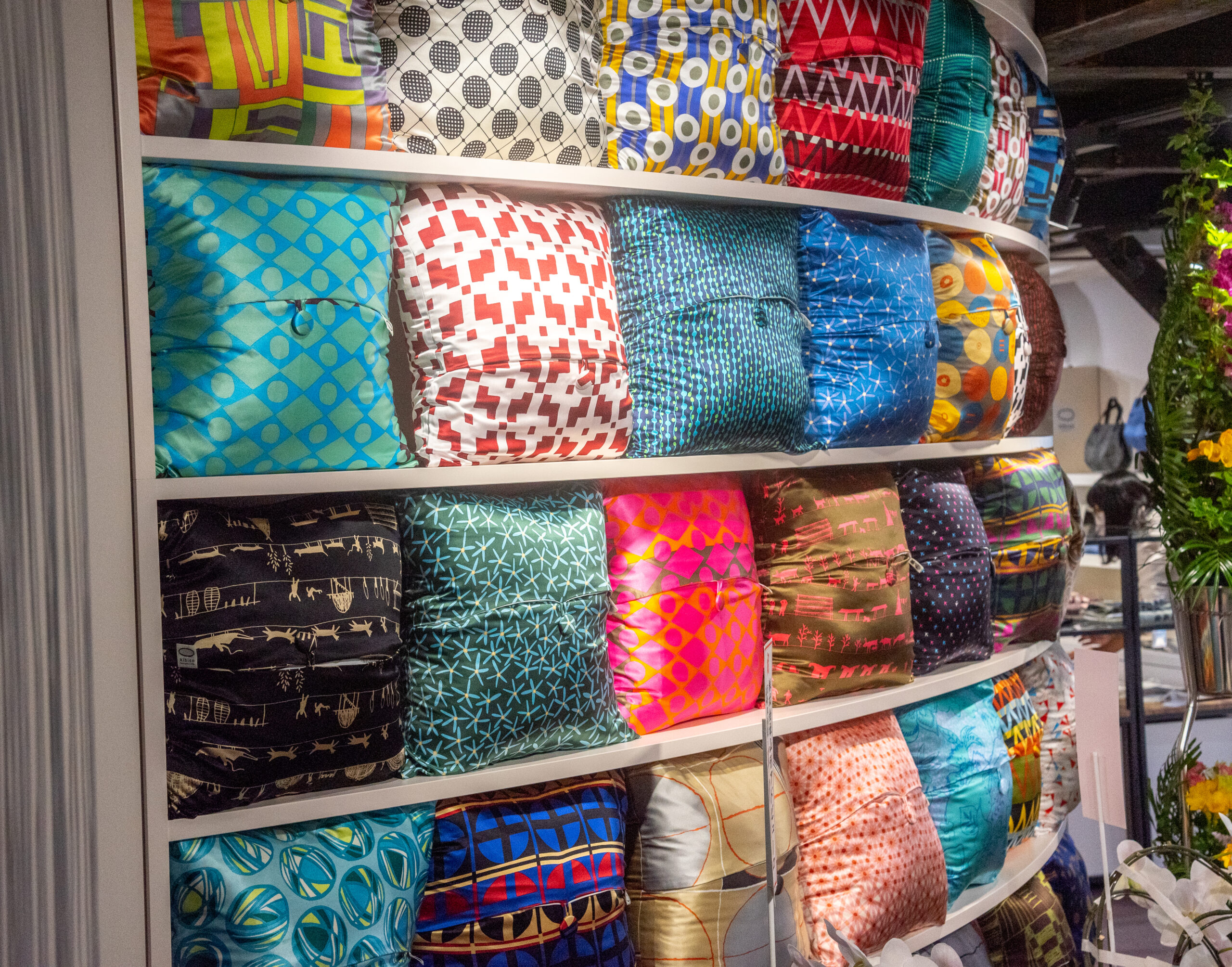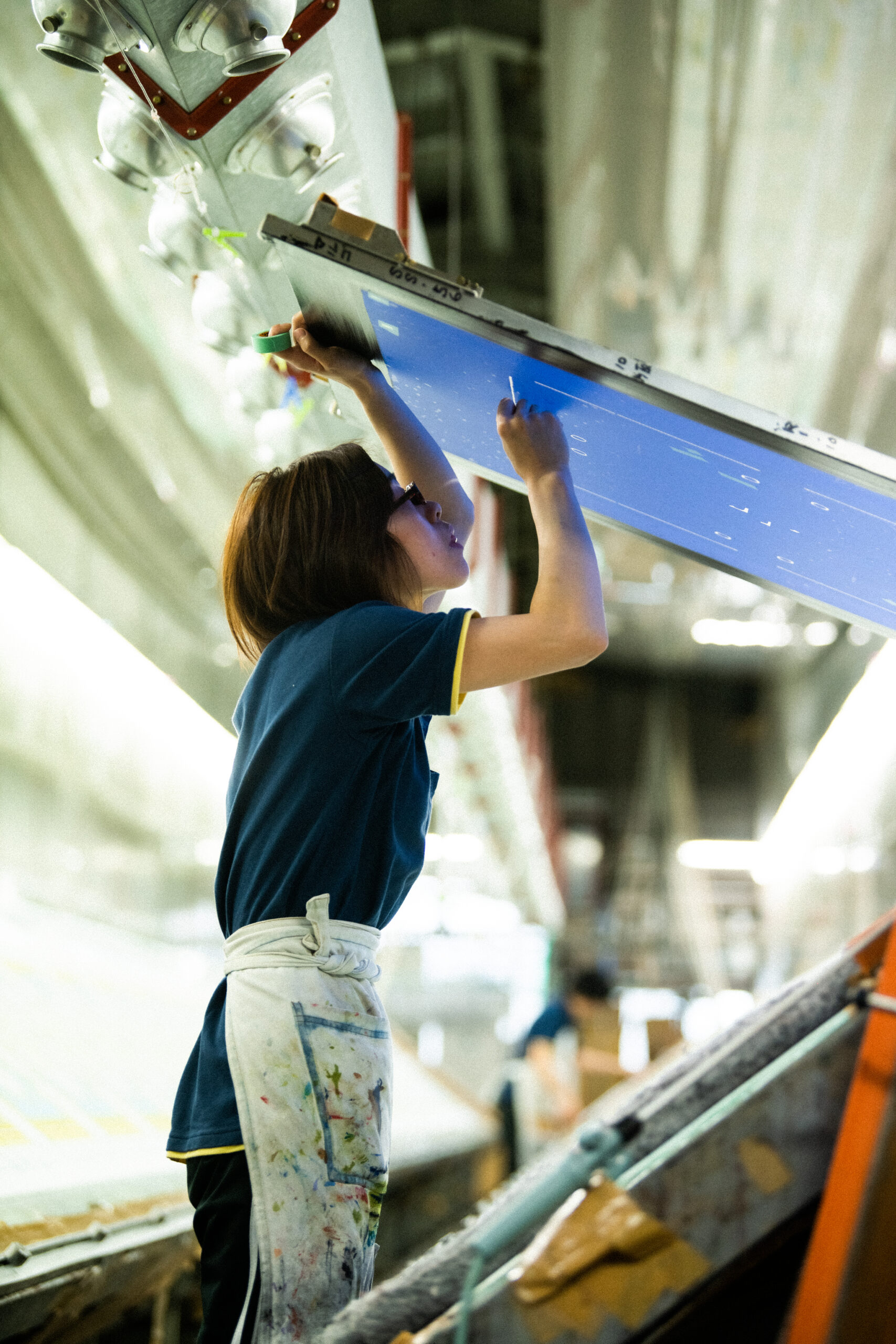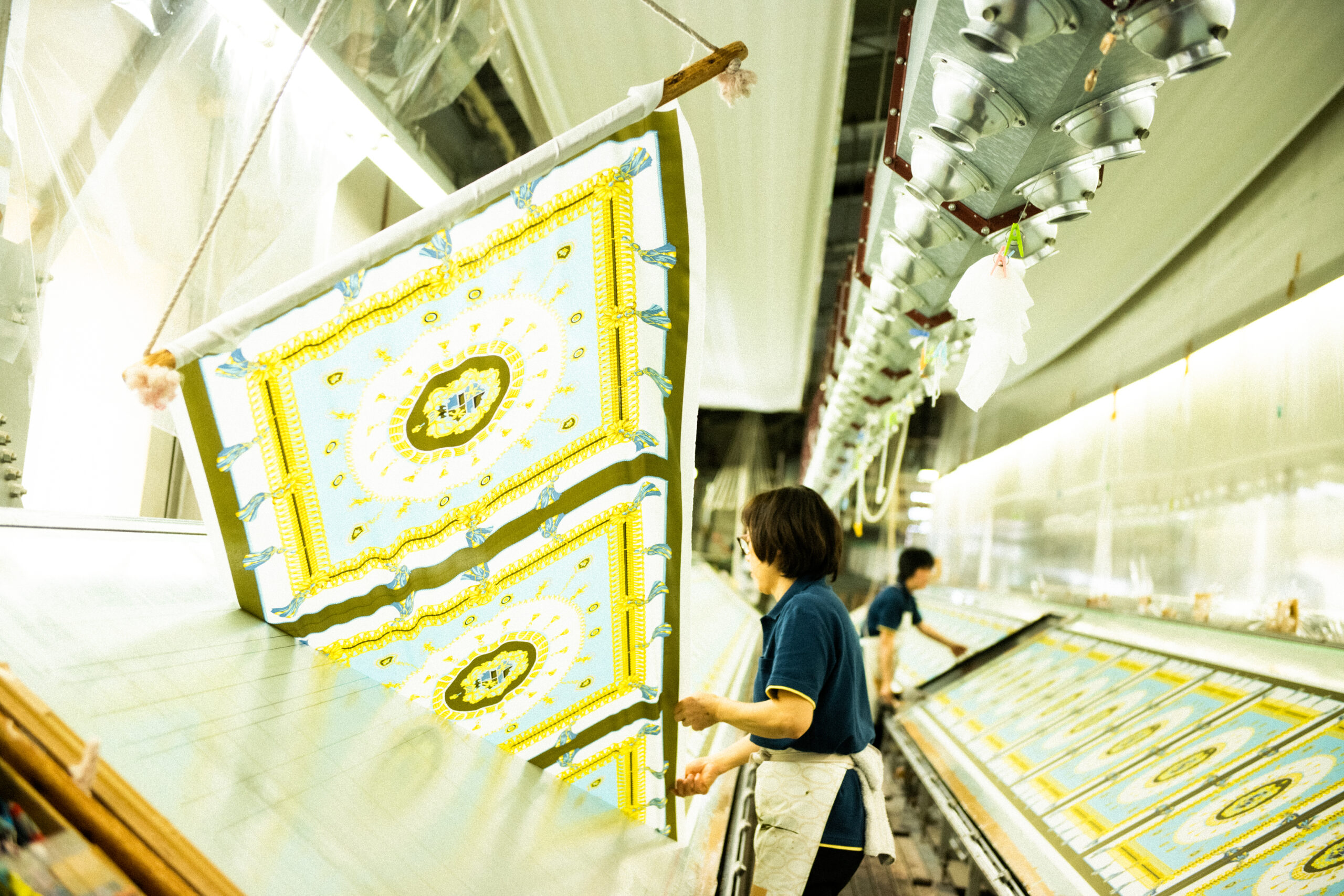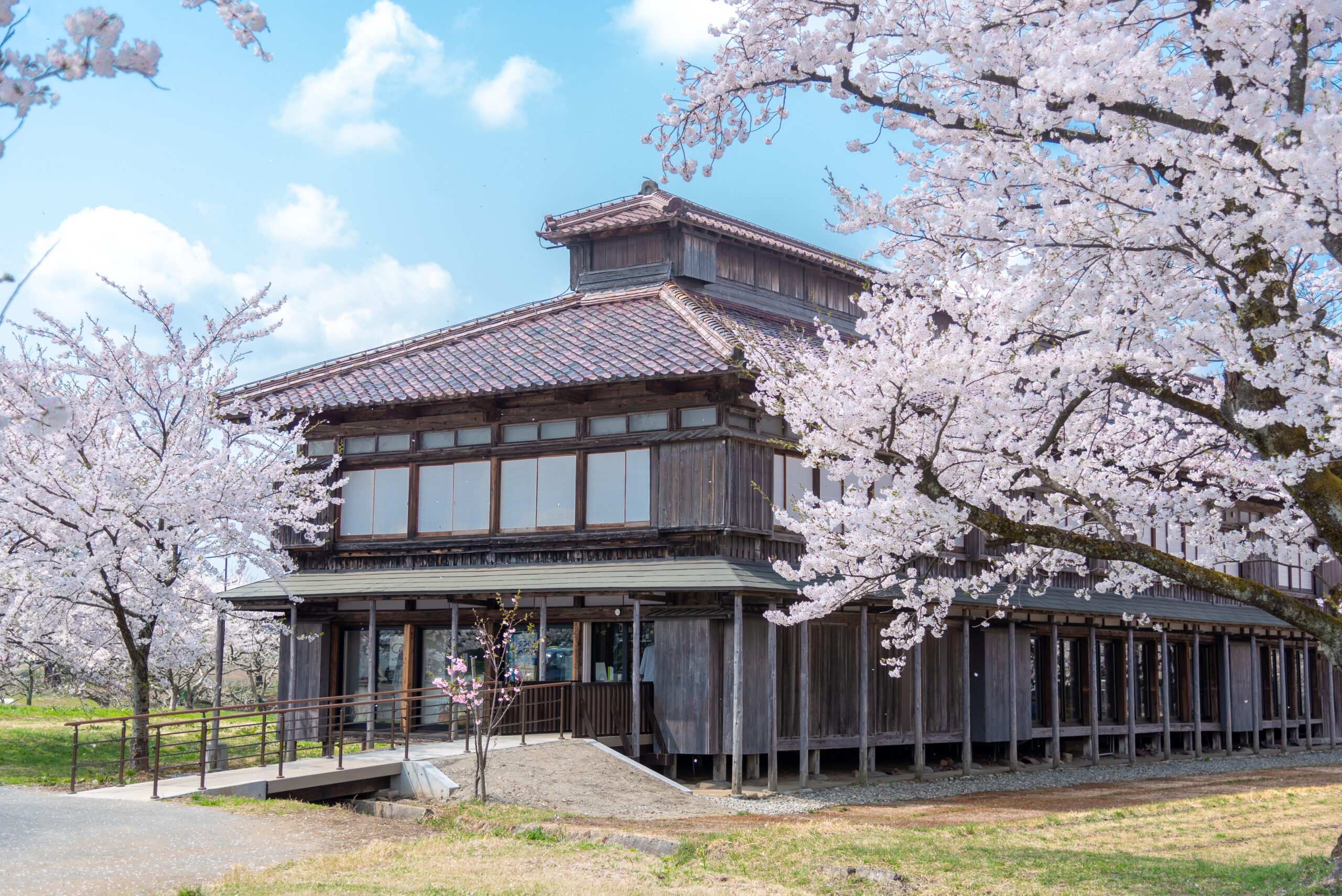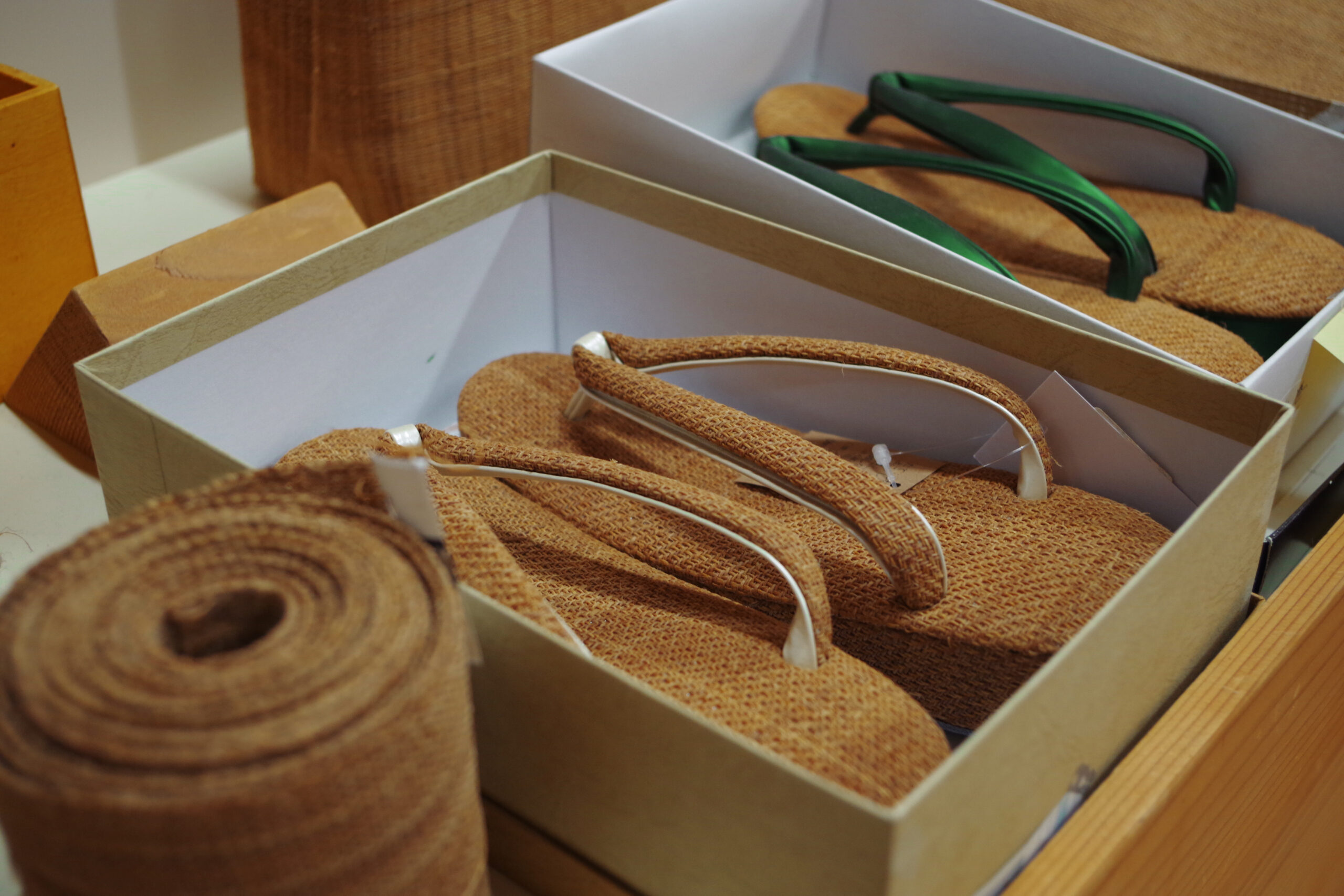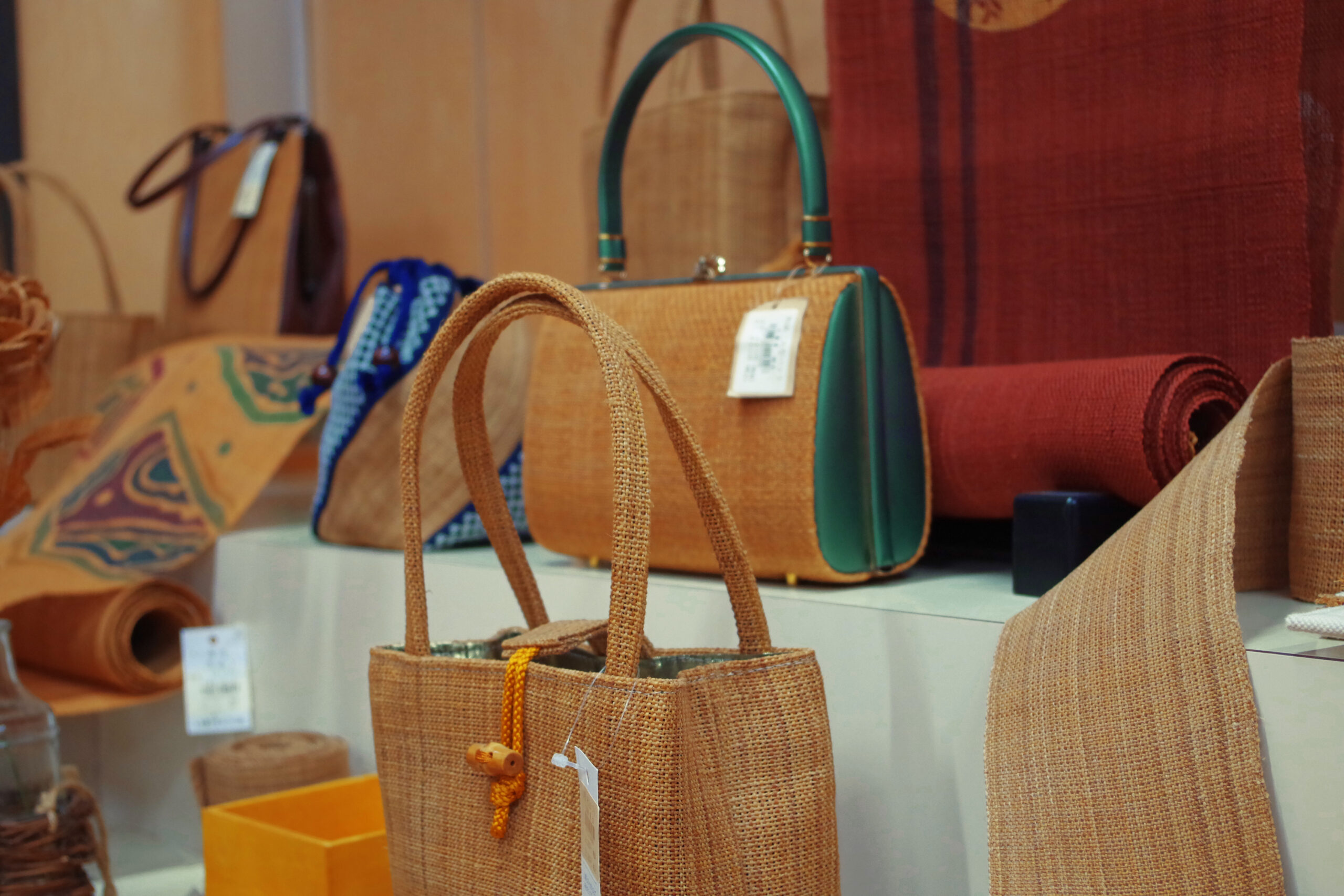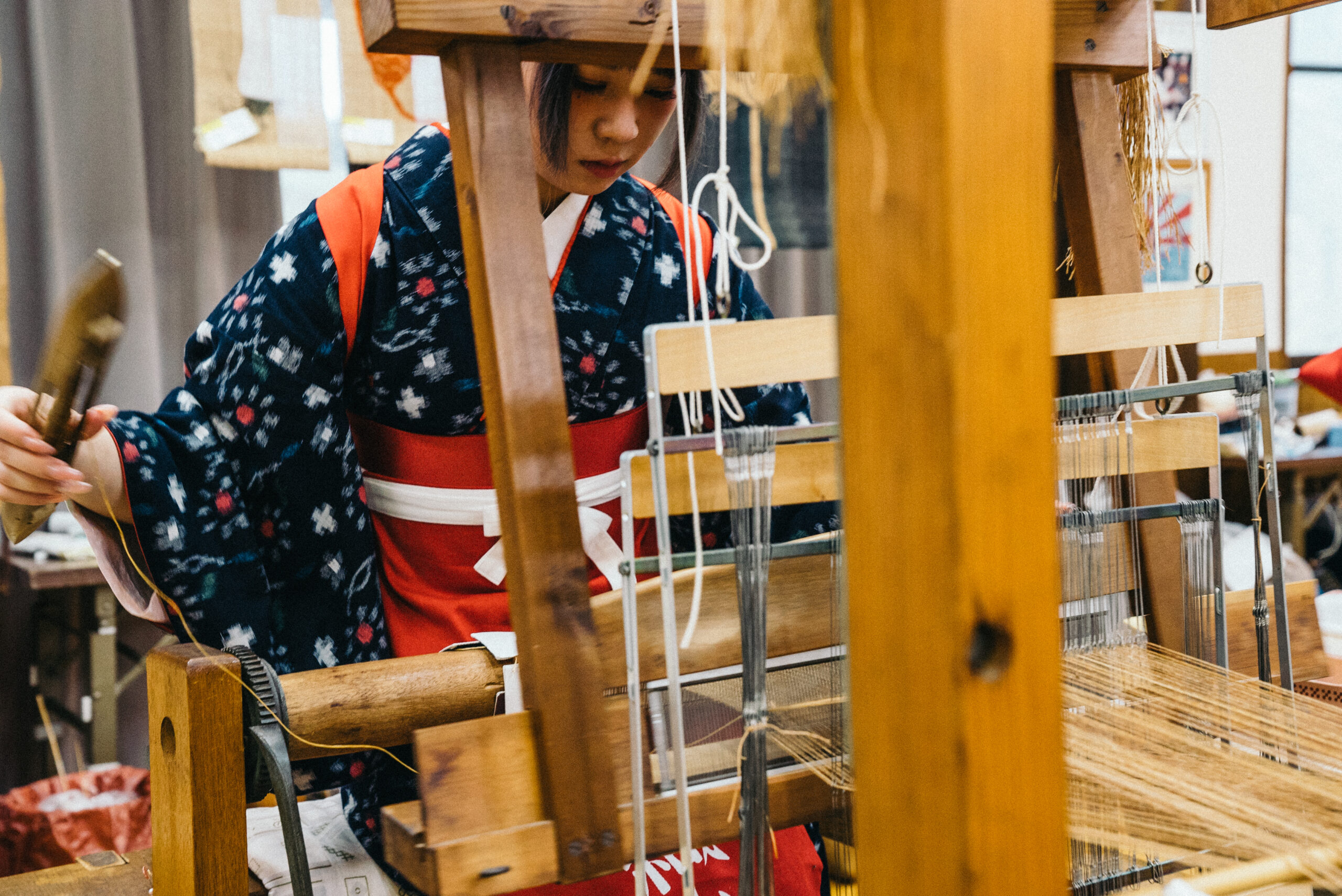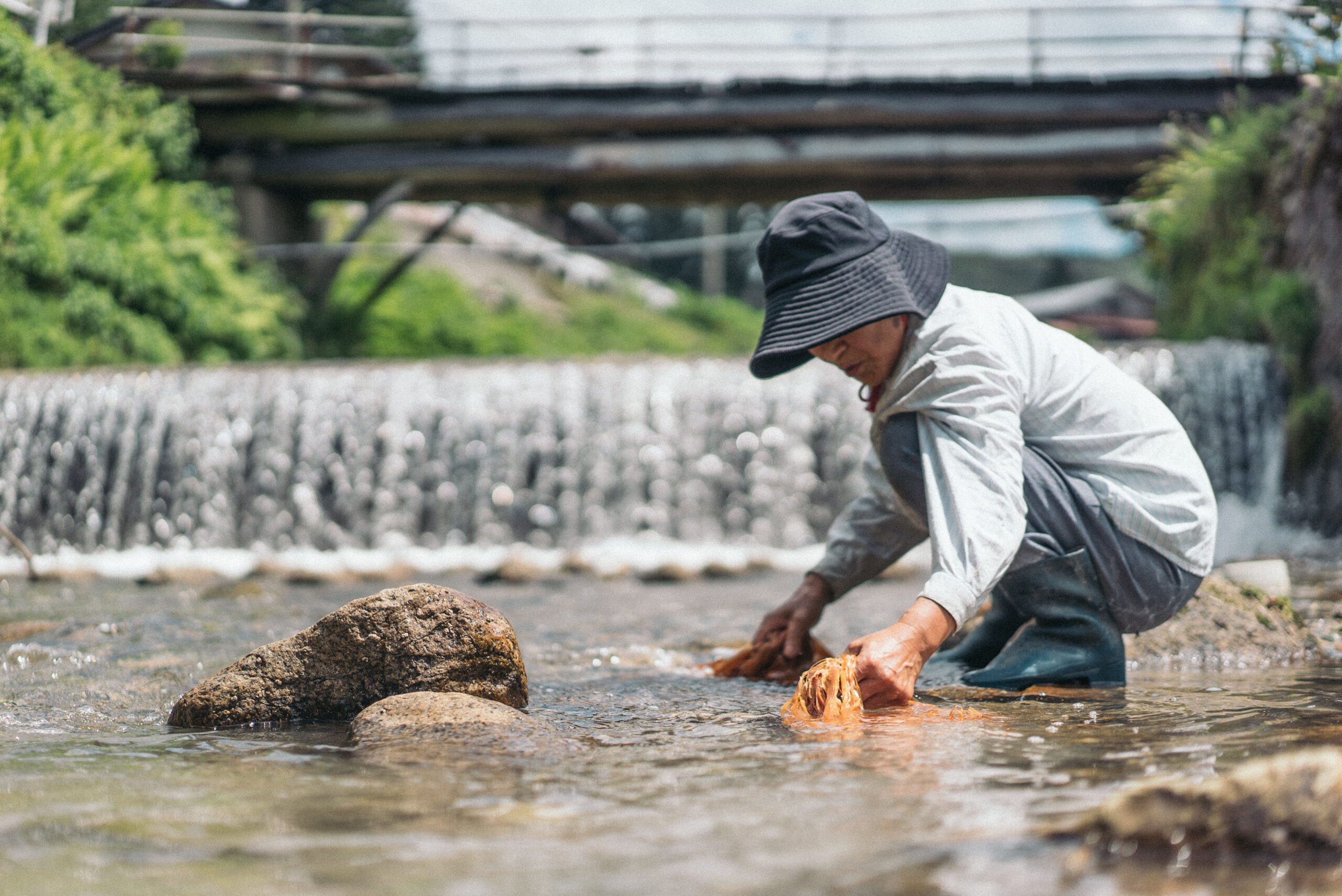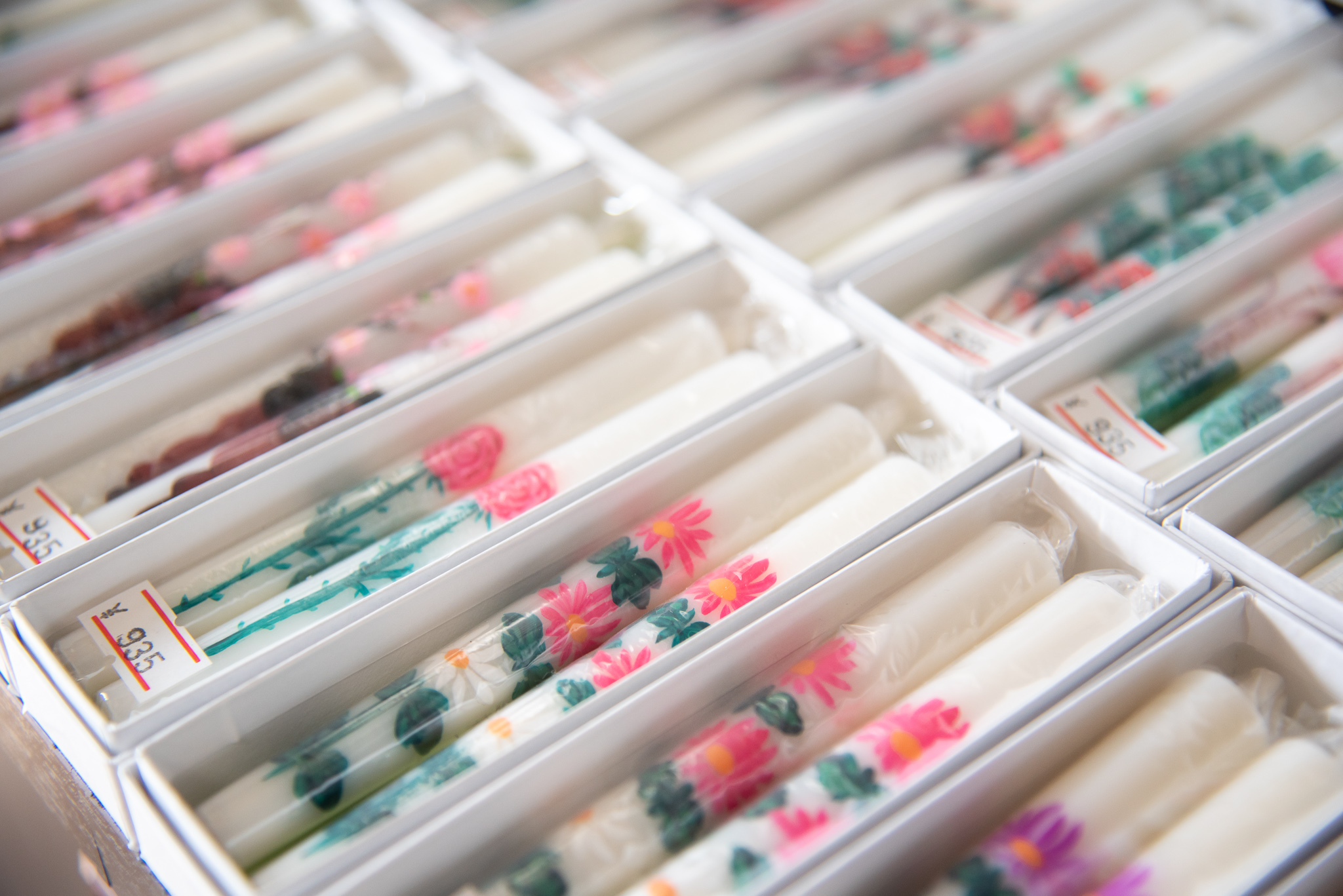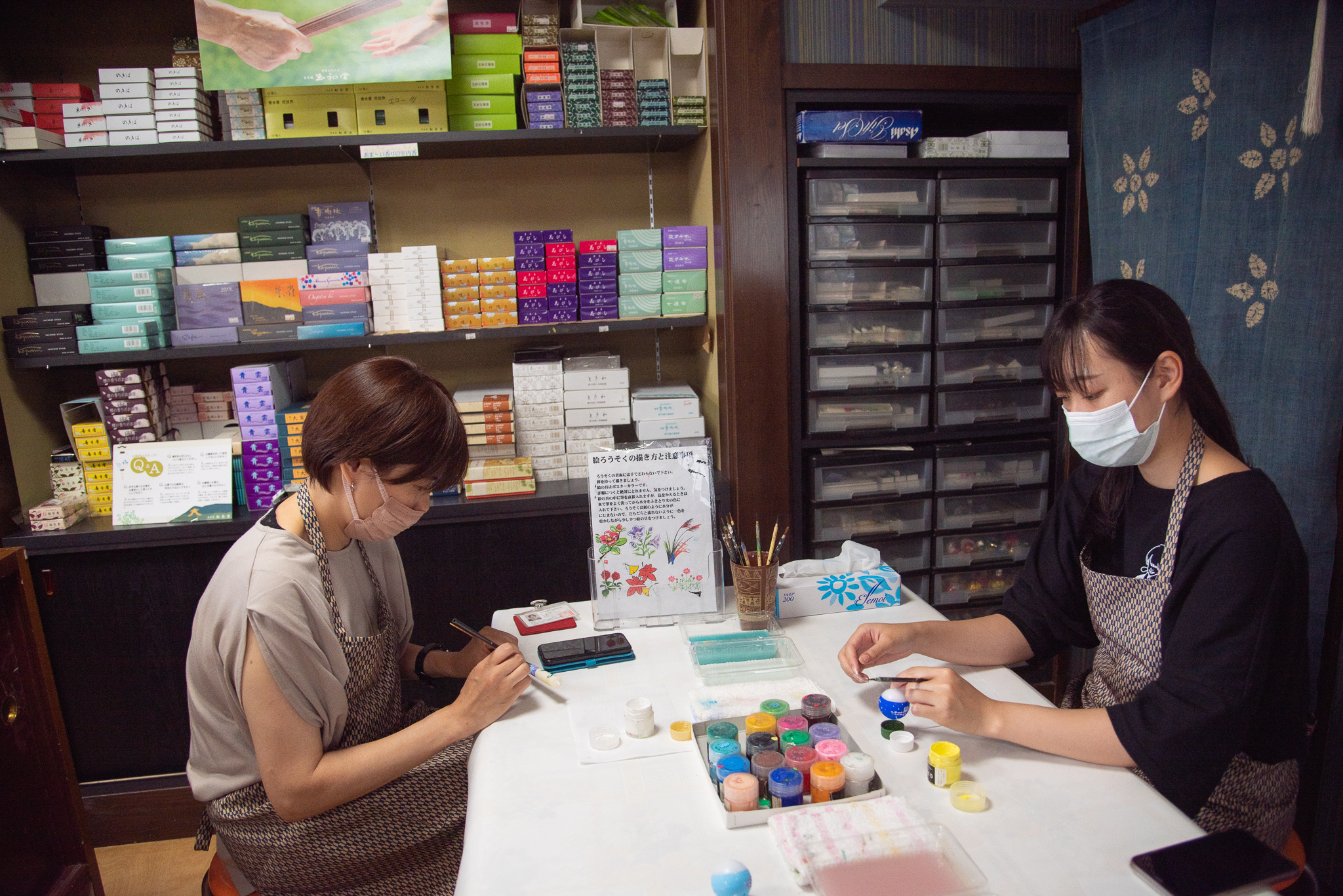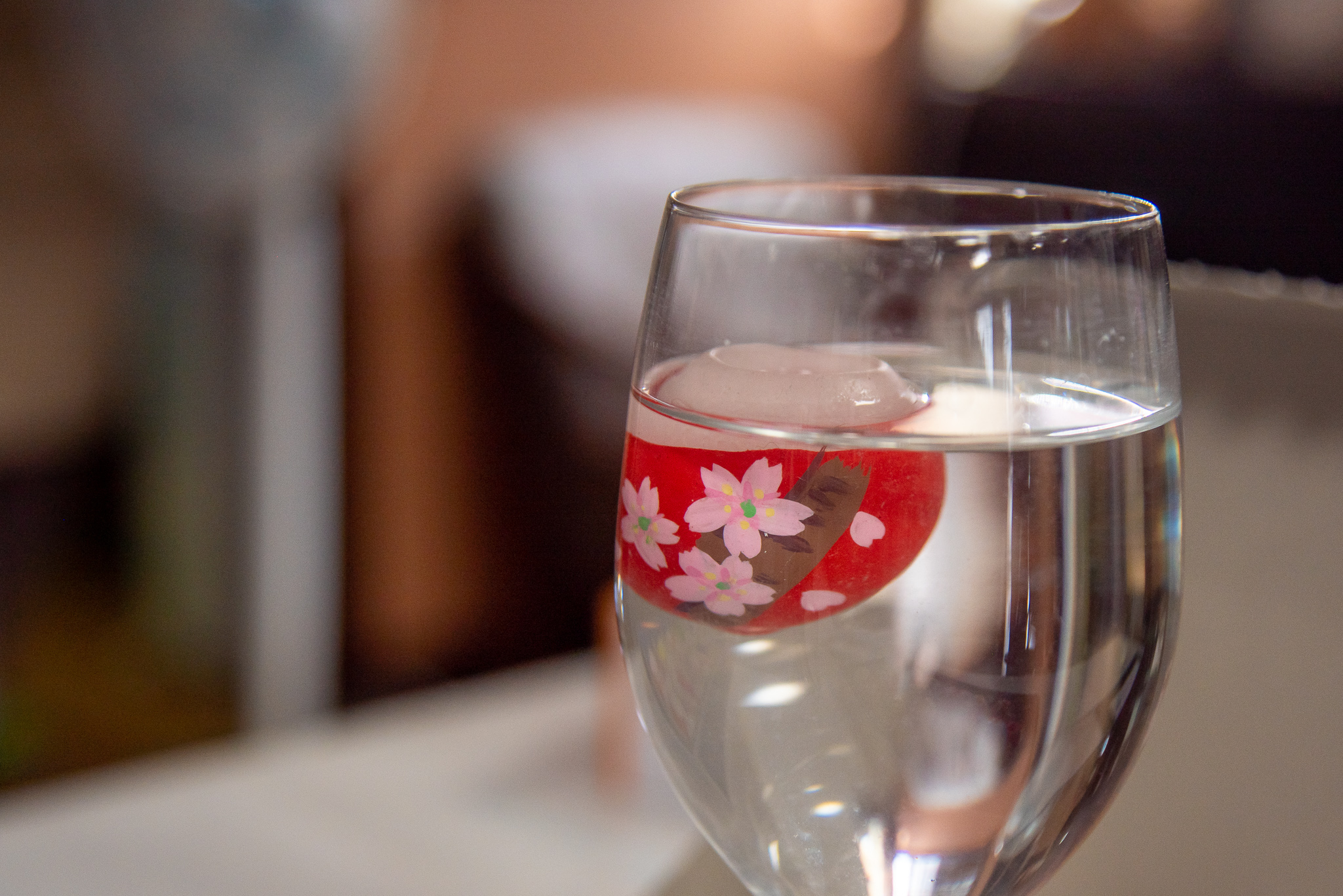
Traditional Arts and Crafts of Tsuruoka : How to see them (experiences upon reservation)
Spanning 1,311 km², Tsuruoka is the largest city by area in the Tohoku region. Its vast and diverse landscapes are home to a wealth of unique attractions and local traditions, each offering an authentic glimpse into the region’s cultural identity. From Samurai Silk, crafted by former warriors who turned to silk making after the Boshin War, to millennia-old linden bark weaving and hand-painted candle making, Tsuruoka’s arts and crafts reflect a living heritage shaped by resilience, devotion, and beauty. Explore these traditions and uncover the stories that gave rise to Yamagata Prefecture’s fine arts and crafts.
1. Samurai Silk
Colorful shawls, geometric patterns, a strong, textured feel — Samurai Silk reflects the spirit of the Shonai Clan, the former warrior rulers of this region. Each piece carries their resilience, ingenuity, and refined sense of beauty.
Among its most distinctive materials is kibiso — the very first thread spun by a silkworm. Naturally coarse and usually discarded, it was once considered unusable. But artisans in Tsuruoka found a way to weave this “imperfect” thread into durable and elegant items such as hats, bags, and umbrellas. By giving new life to kibiso, they honor the principle of “avoiding mottainai” — cherishing every resource and avoiding waste.
Every step of silk creation is made in Matsugaoka Reclamation land; from the cultivation of mulberry to raising the silkworms, to the final product packaging. A true heritage of our samurai pride.
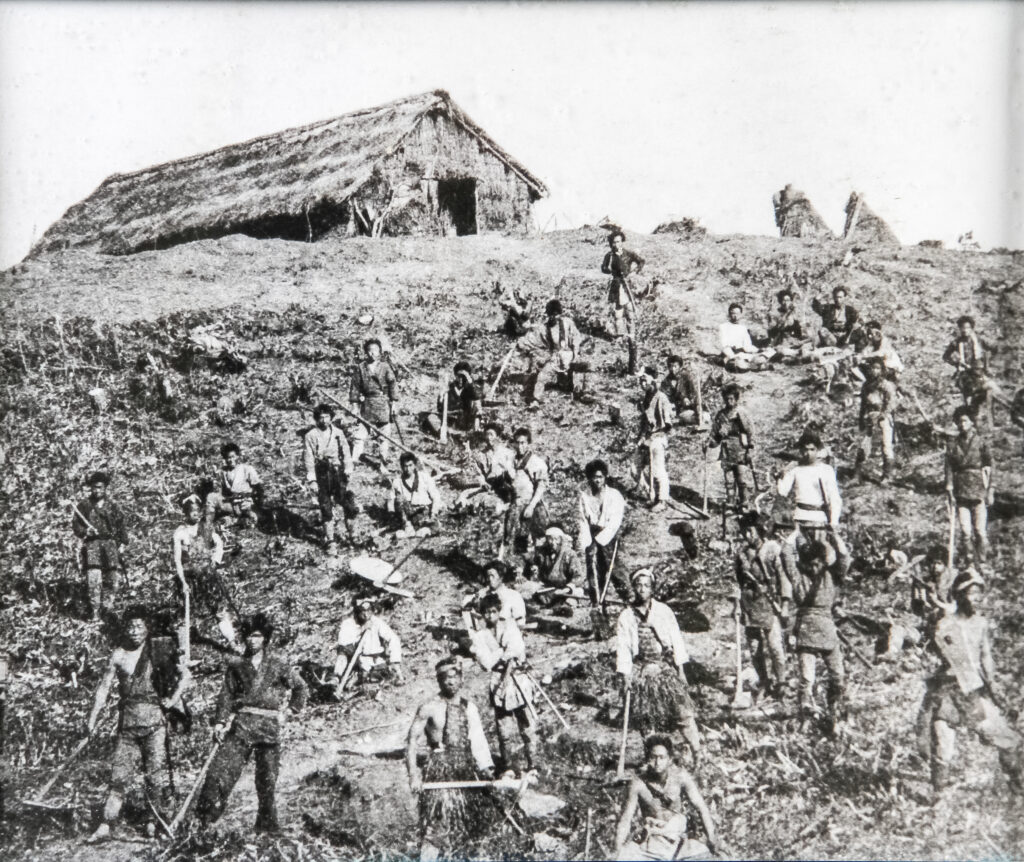


The history behind the Samurai Silk
At the end of the Boshin War, the region-ruling Shonai Clan found itself on the losing side after their strongest ally: the Aizu-Wakamatsu Clan was defeated in the bloody battle of Tsurugajo Castle. Facing inevitable defeat, they chose to surrender—but not without dignity. Thanks to negotiations led by Saigō Takamori who saluted their determination, and a donation of 300,000 ryō, the clan avoided exile and was able to keep its land.
Rather than collapse, the former samurai chose to rebuild. They reclaimed the wild fields of Matsugaoka and planted mulberry trees, replacing swords with hoes and beginning a new life as silk producers. Around 3,000 former warriors helped establish what would become Japan’s leading silk industry, fueling both the modernization of Tsuruoka and the nation.
Matsugaoka remains unique in Japan: it is the only place where the complete silk-making process—raising silkworms, reeling, weaving, refining, and dyeing—has continued unbroken to the present day. Its workshops, preserved farmland, and guiding principle—“Act with morality as you build industry, and lead by example”—still define the spirit of Tsuruoka.
Today, this living heritage continues to evolve, from traditional habutai silk to innovative kibiso textiles.
Learn more about the Samurai Silk: Japan Heritage Website
Where to see?
At Matsugaoka Reclamation Lands (also known as Matsugaoka’s Silk Farms)
After strolling in the area, visit the Silk Miraikan (free entrance), and the Matsugaoka Kaikon Kinenkan Museum (300 yen/person) to learn more about the Samurai Silk (many exhibitions are in Japanese only, please use translation services on your phone or ask an interpreter/guide to accompany you during your visits).
How to go?
Take the bus bound for Mt. Haguro (timetable here), get off the bus at Yupoka, walk 2.4km until Matsugaoka Reclamation Lands or take a taxi.
Stay at Miyatabo’s shukubo lodge on Mt. Haguro, and ask for e-bicycle rental. Ride your bicycle for 9km until Matsugaoka Reclamation Lands.
2. Shinaori : Ancient linden tree bark weaving
Shinaori or Shinafu (shina weaving), a traditional textile passed down for generations in Tsuruoka’s Sekigawa hamlet, as well as in Niigata Prefecture, is counted among Japan’s three great ancient textiles, alongside Okinawa’s bashōfu and Shizuoka’s kuzufu.
The use of linden fibers is ancient—believed to date back to the Jomon period (-14,000 years to -400 BC). From gathering the raw materials to weaving the cloth, producing shinafu takes about one full year, resulting in a fabric that is both water-resistant and exceptionally strong. For this reason, it was traditionally used for work garments, rice bags, fishing nets, and filtering cloth.
The finished fabric is highly durable and water-resistant, and with continued use, it develops an increasingly soft and refined texture that deepens in character over time.
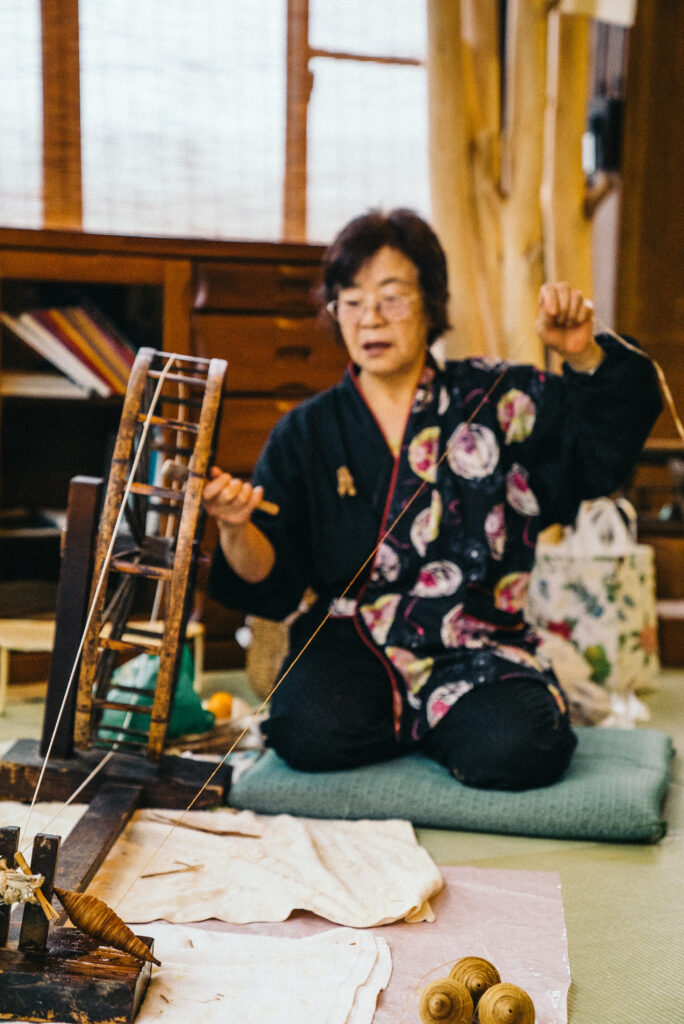

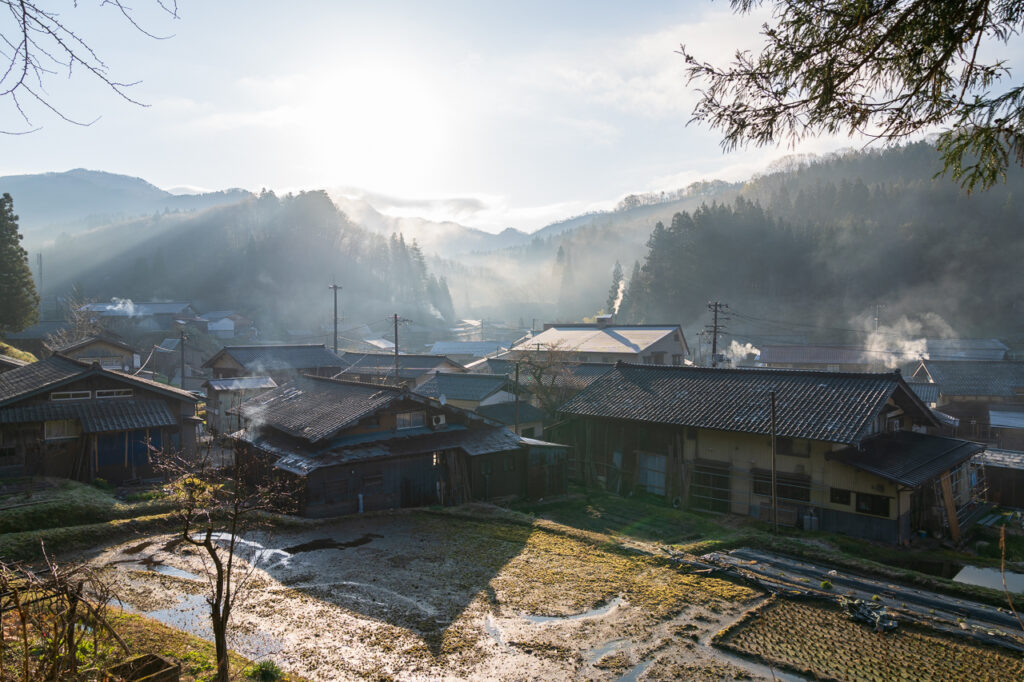
The men and women who make Shinaori live on
Linden weaving has long been one of the most cherished livelihoods of local families. The linden trees used for its fibers must grow for about 15 to 20 years before they can be harvested—about the time it takes for a child to grow up and enter high school. While this may be considered “young” for a tree, in human terms, it is far from a short span of time.
The fibers, handled with the care of a conversation, are spun into thread and woven into cloth. Each piece carries the thoughts and hands of its makers, linking craftspeople, users, and all who are involved, and passing this living tradition on to the next generation.
When winter’s snow finally melts and spring arrives, the mountains shift to a vibrant green with the budding of the beech trees. For the people of Sekigawa’s hamlet, who have long lived in harmony with this rich natural environment, the mountains and the rivers that flow from them are a source of immeasurable gifts—wild mountain vegetables, mushrooms, chestnuts, and much more throughout the seasons. Three mountain streams flow into the Nezugasekigawa River, where children chase fish in the summer. And in August, after the processes of shina boiling and shina pickling are complete, the residents wash the linden fibers (shina-o) in this very river.
Learn more about Shinaori: Sekigawa Shinaori
Photos by Jo Igarashi
Where to see?
In the Sekigawa Shinaori Center (closed every Tuesdays, opens from 9am to 4pm)
How to go?
By car (Address: 222 Sekigawa, Tsuruoka, Yamagata 999-7315)
By e-bicycle touring from Atsumi Onsen (24km)
3. “Tsuruoka Erosoku” : Tsuruoka’s painted candles
Tsuruoka’s hand-painted candles are said to have originated between 1716 and 1735, crafted by a local artisan named Minagawa Jūbei. When the Shonai lord Sakai presented these candles to the shogun during the Sankin Kotai (time when a local lord had to go to the capital for alternate residence) , one candle was damaged along the way. The craftsmen in Edo were unable to repair it, so Jūbei was summoned. He successfully restored it, and the 11th shogun, Tokugawa Ienari, praised it as “the finest in Japan.”
With this recognition, their reputation spread, and many craftsmen took up the tradition. At its peak, there were more than a dozen workshops in Shonai. However, with the rise of mass production in the Taisho period and beyond, many artisans left the craft. Today, only a few workshops in Shonai continue to create hand-painted candles using traditional techniques.
Where to see?
Togashi’s painted candles shop
How to go?
By bus (get on the bus bound for Yunohama via Kamo Aquarium and get off the bus at Sannomachi)
Note: there are more buses that do stop at Sannomachi
(updates soon)

